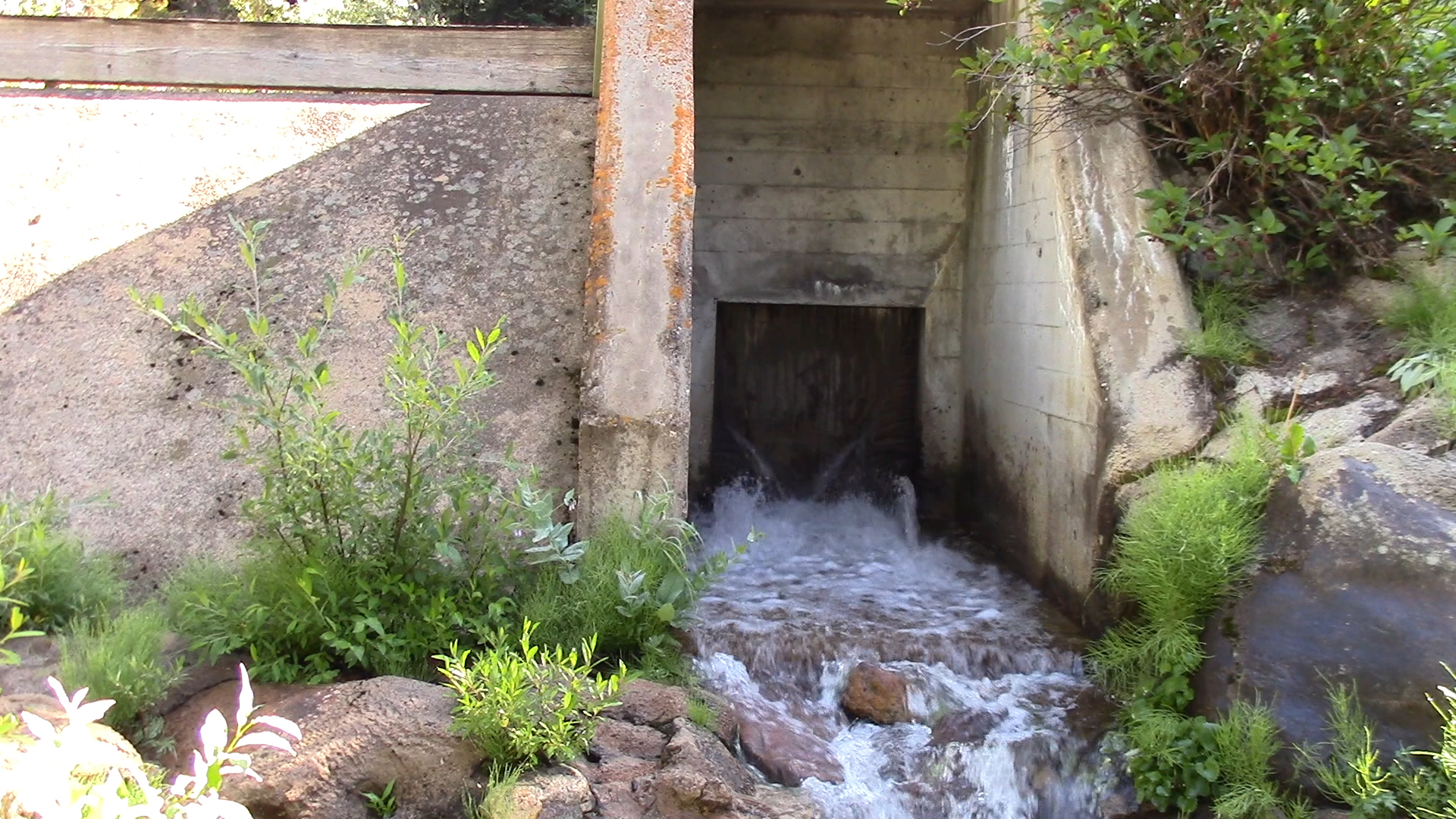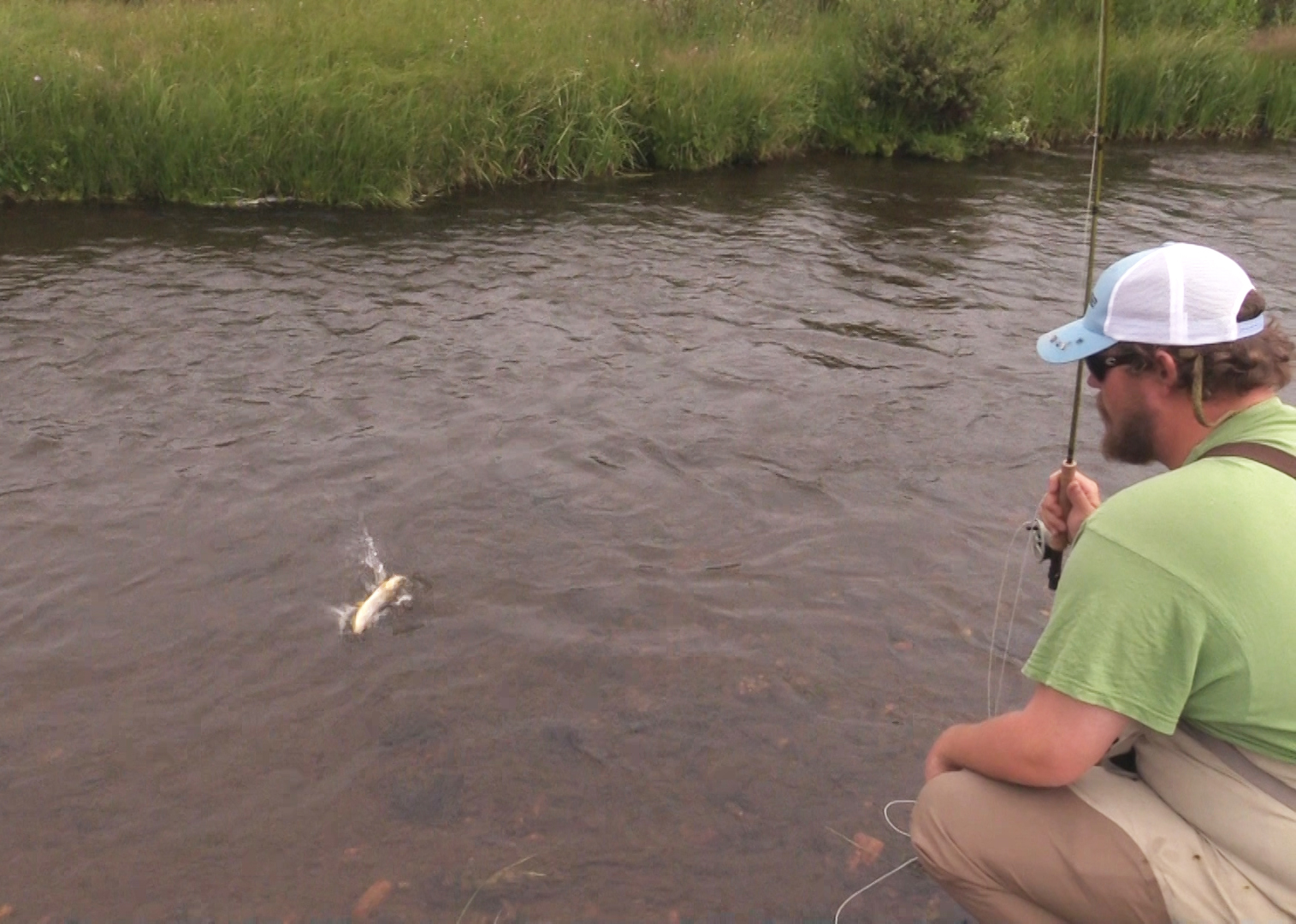
Searching for solutions to help trout keep their cool
The Fraser River Valley in Grand County is known for its scenic views, hiking, biking and fishing, but this summer the valley turned into a high-altitude laboratory for the second year of a landmark experiment.
After water temperatures rose in Ranch Creek — a popular trout-fishing stream in Grand County — Denver Water voluntarily released around 120 acre-feet (40 million gallons) of water into the creek instead of diverting it to customers on the Front Range.
The 10-day experiment in August was part of Learning By Doing — a new partnership between Denver Water, Northern Water, Grand County, Trout Unlimited, Colorado Parks and Wildlife, and West Slope water groups devoted to protecting the rivers and streams of Grand County.
“We want to see what happens to the stream temperature when we release more water into the creek,” said Travis Bray, Denver Water environmental scientist. “We want to know if extra water makes a difference in temperature and how much water it takes to make a difference.”
Cold water temperatures are critical to sustaining a healthy trout fishery, which is why the Learning By Doing partners are searching for ways to keep water in Grand County streams cool during the warm summer months.
“The most vulnerable streams are on the valley floor,” said Kirk Klancke, president of the Colorado River Headwaters Chapter of Trout Unlimited. “That’s where the streams flatten out, slow down and heat up.”
As part of the experiment, Denver Water measured the stream flow, stream temperature and air temperature to determine the correlation between all three. Other factors that will be evaluated in the study include shade, land use, humidity, solar radiation, wind speed and rainfall.
“We can’t change the weather, but Learning By Doing is helping us find opportunities on both sides of the divide that can make a difference in the health of the rivers,” Bray said.
Denver Water started diverting water from Grand County in the 1930s and currently collects water from 36 streams in Grand County to store in Gross Reservoir for Front Range customers.
“In the past, we haven’t taken many steps to offset the environmental impacts we cause in Grand County,” Bray said. “With this experiment and through Learning By Doing, we’re changing that.”
Results of the experiment will be used to manage the streams in Grand County after the Gross Reservoir Expansion Project is approved and built.
Part of the expansion plan includes Denver Water’s agreement to release 1,000 acre-feet of water (about 326 million gallons) into Grand County streams each year strictly to help the environment. This is water that would have been diverted to the Front Range.
“The environmental pool is one of the greatest gifts Denver Water could give to our rivers and that’s why this experiment is so important,” Klancke said. “The scientific data will tell us the best way to distribute the pool water across the Fraser Valley so it can benefit as many streams as possible.”
The Learning By Doing team will decide how to use the environmental water with the assistance of Denver Water. “We’re looking for opportunities to collect water in a way that has as little environmental impact as possible,” Bray said.
Results from the Ranch Creek experiment are expected next spring. The Learning By Doing team is already planning additional experiments and projects.
“This experiment is what Learning By Doing is all about,” Klancke said. “We’re now looking at problems and truly learning how to fix them by doing something about it.”


